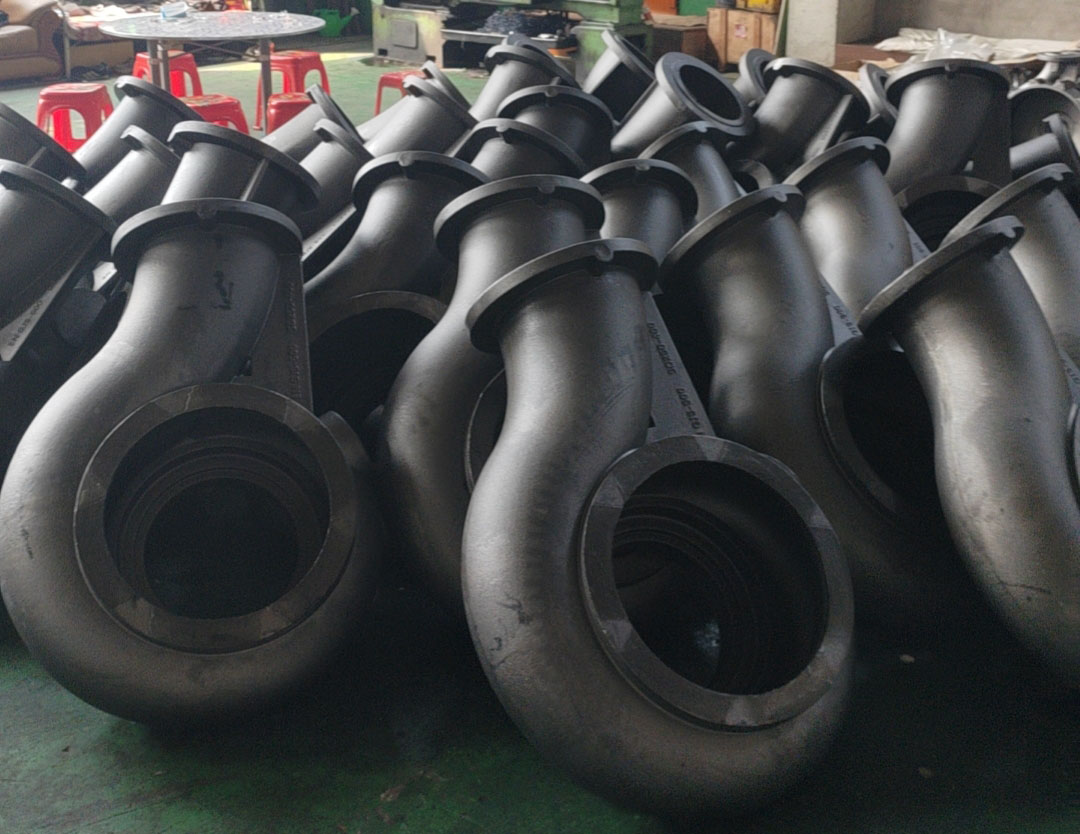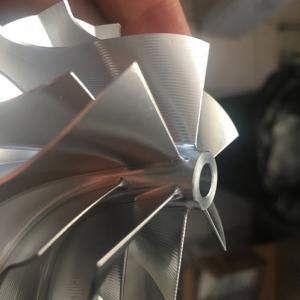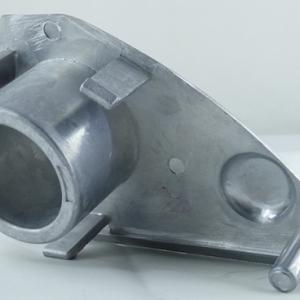Cast iron pump housing
A cast iron pump housing is a common component in many types of pumps, known for its durability, corrosion resistance, and ability to withstand high pressures and temperatures. Here’s a detailed overview:
Key Features of cast iron pump housing:
-
Material Properties:
-
Durability: Cast iron (typically gray iron or ductile iron) is strong and resistant to wear.
-
Corrosion Resistance: Suitable for water, oil, and some chemical applications (though not for highly corrosive fluids).
-
Heat Resistance: Can handle high-temperature fluids without significant deformation.
-
Vibration Damping: Reduces noise and mechanical vibrations.
-
-
Common Applications:
-
Centrifugal Pumps: Used in water supply, HVAC systems, and industrial processes.
-
Sewage & Wastewater Pumps: Handles abrasive and dirty fluids.
-
Oil & Fuel Pumps: Resistant to hydrocarbons.
-
Industrial Process Pumps: Chemical, mining, and power plants.
-
-
Advantages:
-
Cost-Effective: Cheaper than stainless steel or bronze.
-
Machinability: Easy to manufacture into complex shapes.
-
Pressure Handling: Suitable for high-pressure systems.
-
-
Disadvantages:
-
Weight: Heavier than aluminum or plastic housings.
-
Limited Corrosion Resistance: Not ideal for highly acidic or saline environments unless coated.
-
Brittleness: Cast iron can crack under extreme impact.
-
-
Alternatives:
-
Stainless Steel: Better corrosion resistance but more expensive.
-
Bronze: Used in marine applications for seawater resistance.
-
Plastic (PP, PVDF): Lightweight and corrosion-resistant for chemicals.
-
Maintenance Considerations:
-
Regular inspection for cracks or corrosion.
-
Proper sealing to prevent leaks.
-
Coatings (epoxy, paint) can enhance corrosion resistance.
Would you like recommendations for a specific pump application?


